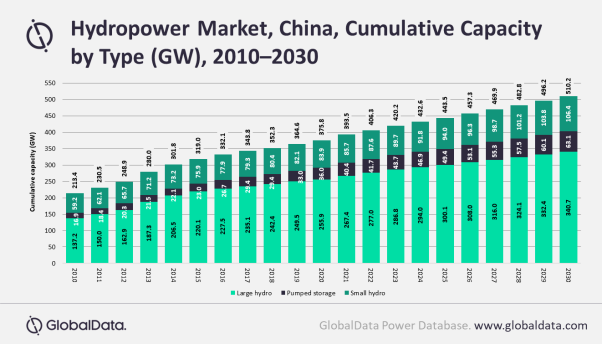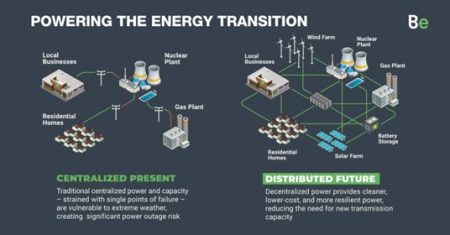Lagos — China’s massive hydropower build up within the country and globally to prevent the capacity and generation share from falling significantly
Between 2019 and 2030, the share of hydropower in several major countries is estimated to continue falling. But globally, the decline is estimated to be less significant during this period, mostly due to the large scale capacity additions by Chinese companies not only in China but also in other countries.
Most of the largest upcoming hydropower plants are either in China, or are being built by Chinese companies in other countries including Pakistan, Congo, and Myanmar. This is a strategy China has adopted for thermal and nuclear power capacity as well, says GlobalData, a leading data and analytics company. 
GlobalData’s latest market report, ‘Hydropower Market (Large Hydro, Small Hydro, and Pumped Storage), Update 2020 – Global Market Size, Segmentation, Investment Trends, and Key Country Analysis to 2030’ highlights that, China has the largest hydropower capacity in the world and for the past several years China has been making the largest annual capacity additions with over 12 GW added in 2019 alone.
Chinese hydropower plants under construction have not been affected much by the COVID-19 pandemic and based on current plans, China is set to add over 140 GW hydropower capacity during 2020–2030.
Harshavardhan Reddy Nagatham, Senior Analyst of Power at GlobalData, comments: “During 2000–2010, the share of hydropower fell due to the rise in thermal power capacity driven by several countries’ needs to increase power capacities quickly and meet the demand created by growth of industries. During 2010–2019, the share fell further but not as much. This fall represents the growth of both thermal power and renewable power capacity. During this period, several countries pushed the growth of renewable power in order to comply with international emission reduction commitments.”
As governments race to add thermal power to quickly cater to rising demand, and renewable power to reduce GHG emissions, hydro has been losing share in the power mix of several countries. In 2000, over 22% of global power capacity was hydropower.
This fell to 19.7% by 2010. During 2010–2019, the share fell further but not as much. During 2020–2030, the share of hydropower in both capacity and generation is estimated to continue declining but only marginally with less than 2 percentage points fall in capacity share and less than 1 percentage point fall in generation share.
Nagatham concludes: “In India for example, during 2000–2010 hydropower capacity increased significantly, but thermal power grew at a higher rate reducing the share of hydropower. During 2010–2019, there was a significant increase in solar PV capacity in India. Besides, there were significant capacity additions in wind and thermal power as well. Added to this, hydro capacity growth was slowed down by retiring old hydropower plants. This led the share of hydropower to fall further during this period and reaching 11.9% almost half of what it was in 2000. During 2020–2030, large amounts of solar PV and wind power capacities are estimated to be added in the country and this will drive the share of hydropower further down.”



